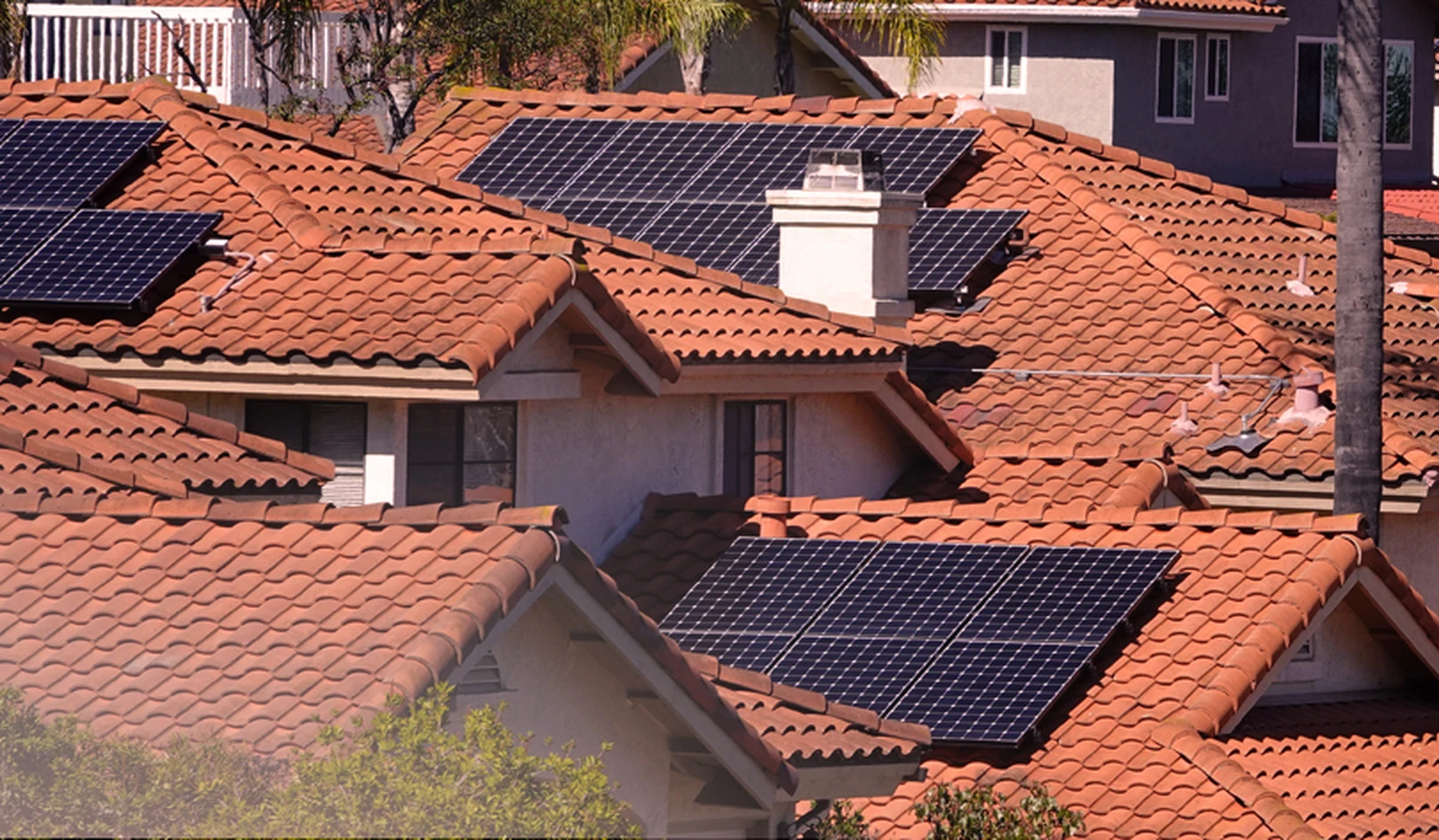An accessory dwelling unit (ADU) can provide your family with extra living space or generate rental income, while also being a great long-term investment in your home. But the planning and construction process requires foresight and good project management. Homeowners who don’t take the time to carefully plan their project can experience setbacks, frustration, and wasted money.
Here are several common project pitfalls that Revival Homes helps homeowners avoid:
1. Underestimating project costs
Building any kind of structure requires time, money, and attention, and an ADU is no exception. Before committing to an ADU project, make sure you have a realistic budget and timeline for your build, and a clear plan to pay for construction. You don’t want to pay for designs and a permit application, get your permit approved, and then find out that you aren’t able to pay for construction.
The Revival Homes Budget Calculator can help you develop a simple project budget, and we’ll work with you throughout the planning process to nail down what you can expect to pay for your ADU.
Getting a grip on your project’s costs will help you avoid sticker shock when it’s time to start construction. If you’re unsure about how much you can afford to borrow based on your personal finances, we can help you better understand your financing options, including the Revival Homes ADU Loan.
2. Misalignment between ADU design and usage
Building an ADU gives you the opportunity to make thoughtful design decisions, specific to how you plan to use your ADU. An ADU intended to house an older friend or relative should include accessibility features like handrails, a walk-in bathtub, or stair-free access. Alternatively, if you intend to rent your ADU to a long-term tenant, or to vacationers on Airbnb or Vrbo, you’ll probably want to make design choices that maximize your return on investment.
You should also consider design elements which will affect the unit’s liveability and, should you choose to rent out your unit, marketability. Common design missteps include building too few windows, or placing them in awkward locations, or not leaving enough space between the ADU and the main house — remember, you’ll want to help your tenant maintain their privacy.
Our team at Revival Homes can help you navigate the design process, so that your ADU meets your needs.
Bonus tip: We encourage homeowners to review their city’s ADU requirements before starting to work with a designer or a design-build general contractor. That way, you can make sure your vision aligns with what’s permissible in your city.
3. Failing to get the required permits
Another common pitfall is not obtaining proper permits from your city’s building department and/or your electric utility before beginning construction on an ADU. Failing to secure permits prior to starting construction can result in hefty fines — in some cases, the building department may require you to tear down the structure altogether and start from scratch!
Our team at Revival Homes only works with pre-vetted general contractors who specialize in ADUs. They’re experienced in cities’ permit approval processes, and know exactly what permits are required for construction to begin.
4. Hiring the wrong contractor
We often see homeowners hire a general contractor who lacks experience with ADUs, or who is unlicensed, or who engages in deceptive business practices. Before you sign a contract with a general contractor, make sure that you meet with at least 3 contractors and get them to provide you with line-by-line project bids and budgets. Ask them how many ADUs they’ve built before, talk to their past customers, and check sites like Yelp or BuildZoom to review their customer ratings. Also, check the California Department of Consumer Affairs’ website to ensure that your contractor’s license is up to date.
It’s also wise to hire a design-build general contractor: these contractors provide the full suite of project services: from creating the designs and plan set, to getting the permit, to executing on construction. That way, there are fewer cooks in the kitchen, and misunderstanding and miscoordination between the designer and the builder are less likely.
Revival Homes matches Southern California homeowners to at least 3 pre-vetted, design-build general contractors in your area, who are experienced in ADU construction. That way, you can choose the contractor who’s right for your project, and feel confident that you’re in good hands.
5. Underestimating the project timeframe
Rome wasn’t built in a day, and neither are ADUs. From start to finish, you should expect your ADU project to take 12-18 months if you’re building a new structure from scratch. Garage conversions tend to have shorter construction timeframes, but you should still expect a garage conversion ADU to take 9-12 months. Here are some common timeframes for each stage of your project:
- Project planning: 1-2 months
- Design and permitting: 2-6 months
- Construction: 4-8 months
- Post-construction (e.g. decoration, furnishing): 1-2 months
Revival Homes can help you avoid all these pitfalls and more
With our expert team at Revival Homes by your side at every step of the process, you can avoid common pitfalls and complete your ADU project on time and on budget. For more information about how we can help make your ADU vision a reality, contact us today.








